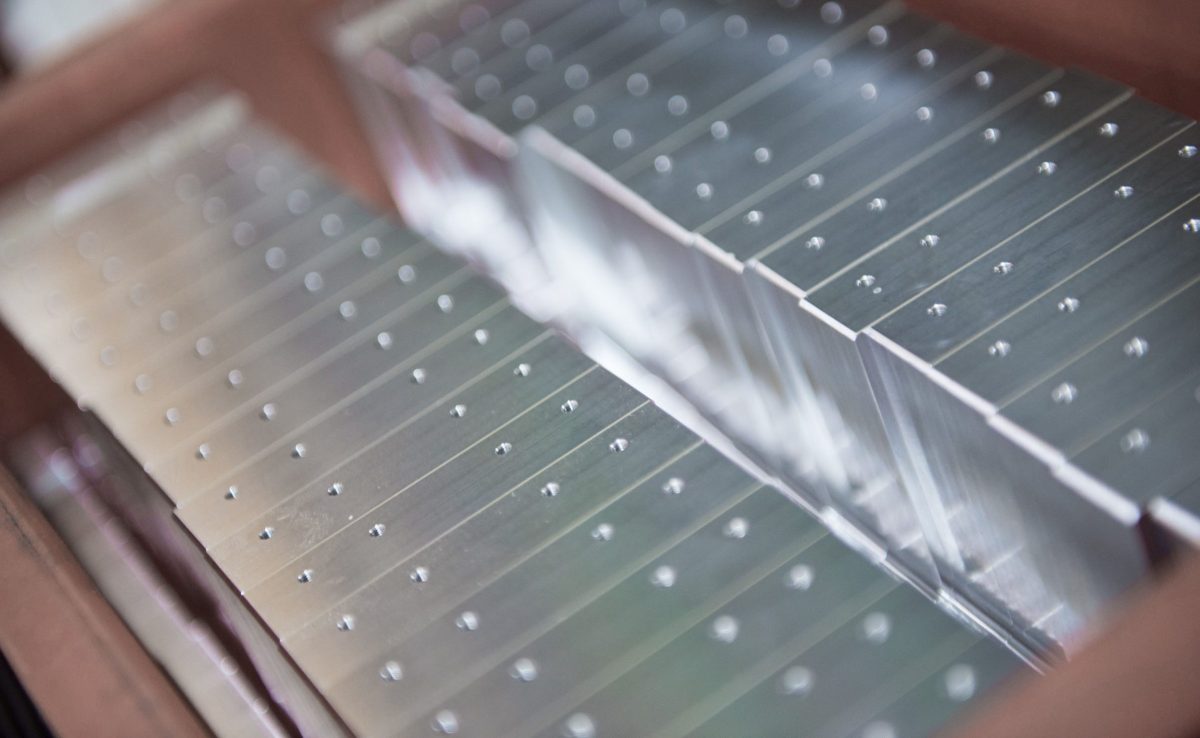
The price of CNC machined parts depends on the following:
1. Machining time:
The longer it takes to machine a part, the more expensive it will be. Machining time is often the main cost driver in CNC.
2. Start-up costs:
These are related to CAD file preparation and process planning and are significant for smaller volumes. This cost is fixed and there is an opportunity to reduce the unit price by taking advantage of “economies of scale”.
3. Material cost:
The cost of the bulk material and the cutting amounts during machining greatly affects the overall cost in CNC. Optimizing your design while having certain material considerations in mind, can greatly reduce the price.
4. Other manufacturing costs:
When you design parts with special requirements (for example, when you define tight tolerances or design thin walls), then special tooling, stricter quality control, and more processing steps at lower machining speeds may be required. This, of course, has an impact on the total manufacturing time (and the price).
5. Surface treatment cost:
Like tumbling, polishing, electroplating, heat treatment, painting and so on. The higher quality required (roughness, thickness, color difference), the more expensive it will be.
In CNC machining, the quantity greatly affects the unit price. This is because the startup costs are relatively high and, when quantities are low, they represent a big percentage of the cost. For large quantities though, they get almost eliminated as these costs are spread over many parts.
You can find the photo display of the CNC machining parts made by us HERE!
